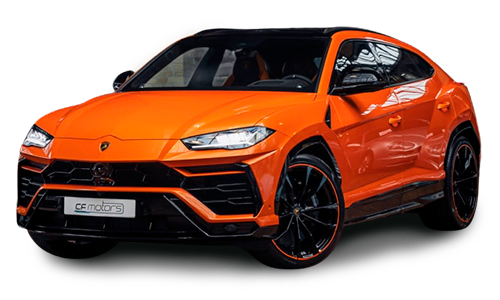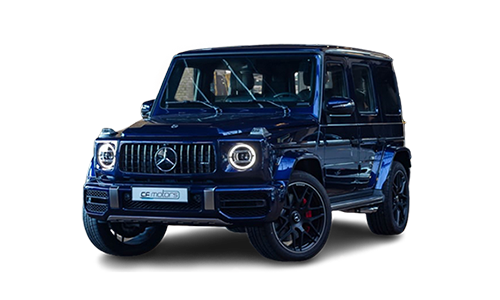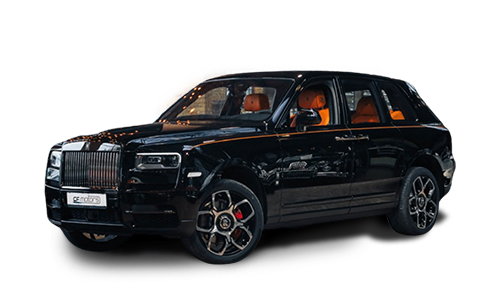10+ years experience
Quickly to the desired car
Personal contact
10+ years experience
Quickly to the desired car
Personal contact
10+ years experience
Quickly to the desired car
Personal contact
Brabus
In recent years in particular, the fascination surrounding Brabus GmbH vehicles has grown inexorably among fans and throughout the industry. At the latest since the expansion of the portfolio to include Rolls Royce, Porsche, motorcycles and boats, the Bottrop-based company has become a force to be reckoned with. In addition to its status as an official vehicle manufacturer, it is the wide range of collaborations that make Brabus unique. Compared to the standard versions, Brabus vehicles are performance-enhanced and with a sportier appearance on the outside, or individual details in the interior, a real eye-catcher.
Also take a look at our large selection of vehicles from other manufacturers:
Brabus uses only high-quality materials, which can be seen at first glance from the carbon and finest leather in the interior. Those who do not feel like a complete conversion of his vehicle, of course, can also choose from individual components from the Brabus range. All modifications to the vehicle are TÜV-compliant and can be entered in the vehicle registration document without any problems. The enormous power increase up to 900 hp, used for example in the Brabus G900 Rocket (limited to 25 pieces worldwide), offers enormous improvements in acceleration and top speed. Probably the best-selling model at present is the Mercedes AMG G63, converted to the Brabus G800 Widestar with 800 hp and a breathtakingly brute appearance. Wider - bigger - faster is also the motto here!
Classic Mercedes models, such as the legendary 300 SL, are also expertly restored. Disassembled into all their individual parts, reconditioned and repainted, these historic vehicles are sold on to enthusiasts virtually in "new car condition".
We are proud to be able to offer you a constantly changing range of very special Brabus vehicles. In most cases, it is even possible for us to develop an individual vehicle and color concept that corresponds exactly to your wishes and is then implemented. We will be happy to advise you extensively on this after you have contacted us!
Buy Brabus models available immediately
Brabus models already sold
MODEL PALLET
BRABUS CRAWLER
Vehicle details
- Base model: High performance offroad vehicle
- Engine: 4.5 liter V8 twin turbo
- Power: 662 kW (900 hp)

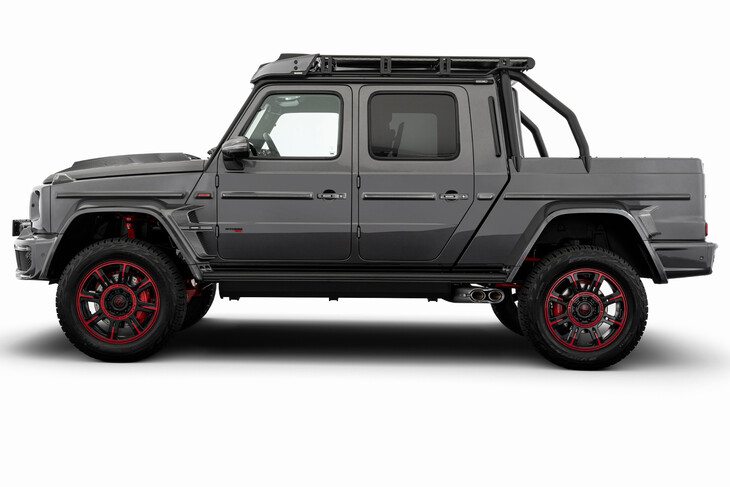
BRABUS 900 XLP "ONE OF TEN
Vehicle details
- Base model: Mercedes-AMG G 63 (W463A)
- Engine: 4.5 liter V8 twin turbo
- Power: 662 kW (900 hp)
BRABUS 900 ROCKET EDITION - "1 OF 25
Vehicle details
- Base model: Mercedes-AMG GLE 63S 4MATIC+
- Engine: 4.5-liter twin turbo
- Power: 662 kW (900 hp)
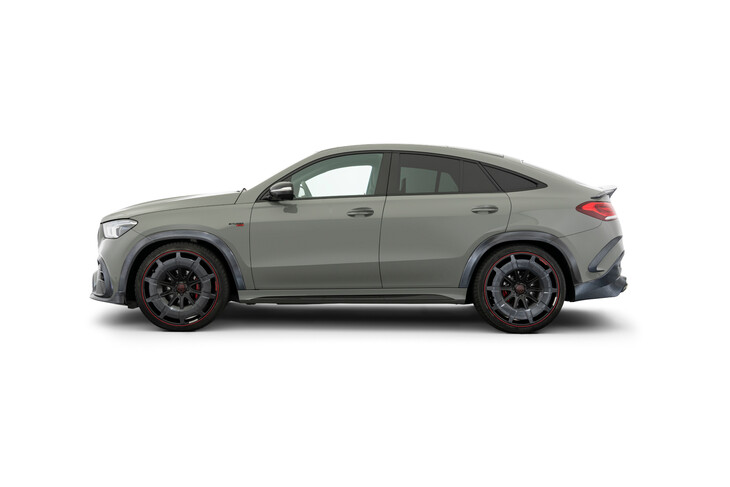

BRABUS 900 ROCKET EDITION - "1 OF 25
Vehicle details
- Base model: Mercedes-AMG G 63 (W463A)
- Engine: 4.5-liter twin-turbo
- Power: 662 kW (900 hp)
BRABUS ROCKET 900 "ONE OF TEN
Vehicle details
- Base model: Mercedes-AMG GT 63 S 4MATIC+
- Engine: 4.5 liters
- Power: 662 kW (900 hp)
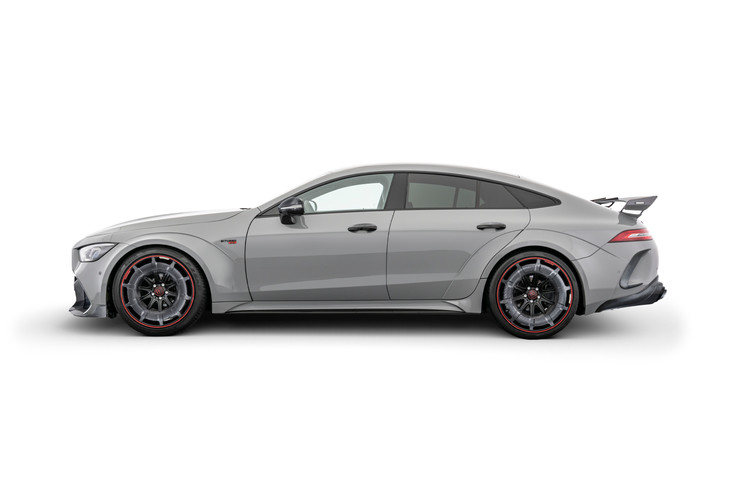

BRABUS 900
Vehicle details
- Base model: Mercedes-Maybach GLS 600
- Engine: 4.5-liter V8 twin turbo
- Power: 588 kW (900 hp)
BRABUS 900
Vehicle details
- Base model: Mercedes-AMG E 63 S 4MATIC+
- Engine: 4.5 liter V8 twin turbo
- Power: 662 kW (900 hp)
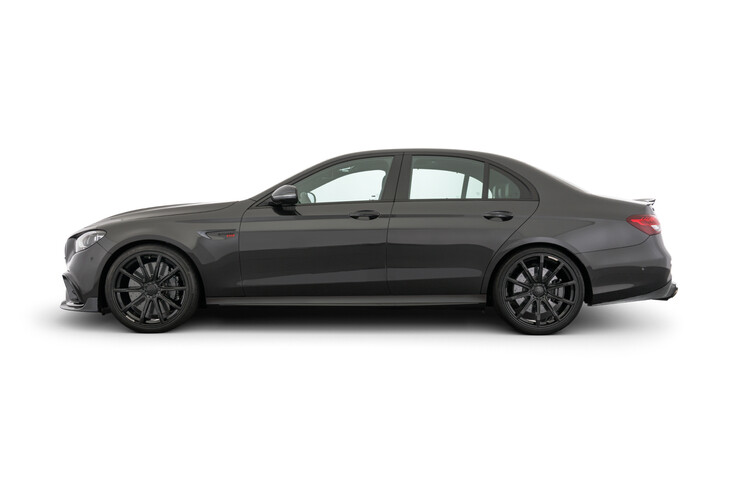

BRABUS 600
Vehicle details
- Base model: Mercedes-Maybach S 580
- Engine: 4.0 liter V8 bi-turbo
- Power: 441 kW (600 hp)
BRABUS 900
Vehicle details
- Base model: Mercedes-AMG S 65L
- Engine: 4.5 liters
- Power: 662 kW (900 hp)
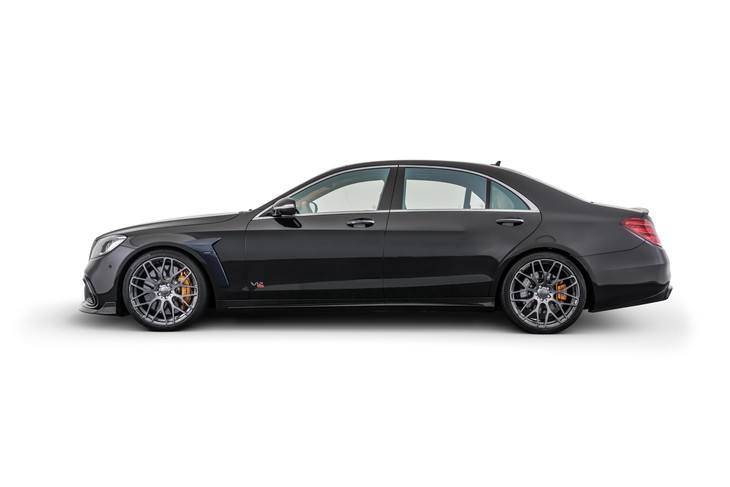
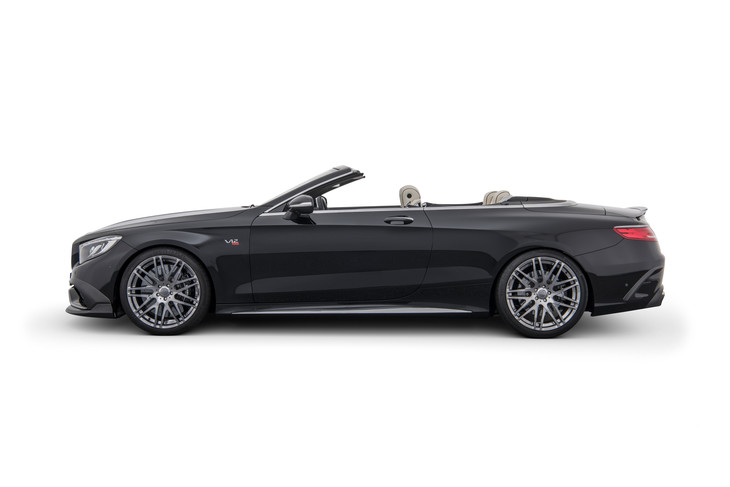
BRABUS 900 Convertible
Vehicle details
- Base model: Mercedes-AMG S 65 Cabriolet
- Engine: 6.3 liter V12 twin turbo
- Power: 662 kW (900 hp)
BRABUS 800
Vehicle details
- Base model: Mercedes-AMG GT 63 S 4MATIC+
- Engine: 4.0 liters
- Power: 588 kW (800 hp)
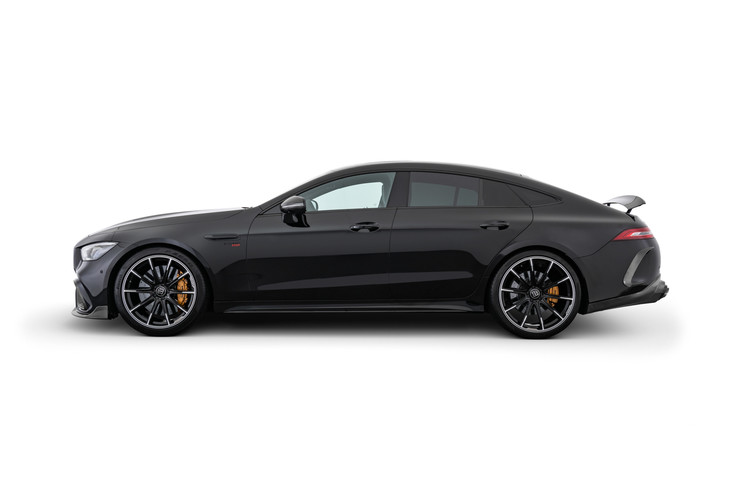

BRABUS 800 XLP SUPERWHITE
Vehicle details
- Base model: Mercedes-AMG G 63 (W463A)
- Engine: 4.0 liter V8 biturbo
- Power: 588 kW (800 hp)
BRABUS 800 XLP SUPERBLACK
Vehicle details
- Base model: Mercedes-AMG G 63 (W463A)
- Engine: 4.0 liter V8 biturbo
- Power: 588 kW (800 hp)

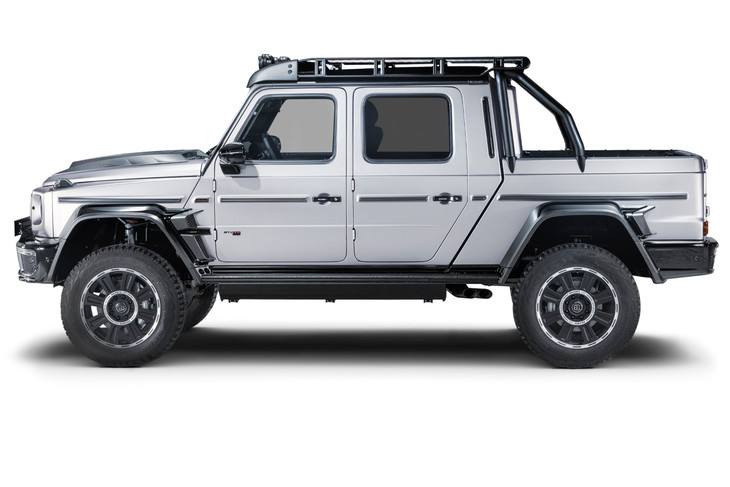
BRABUS 800 ADVENTURE XLP
Vehicle details
- Base model: Mercedes-AMG G 63 (W463A)
- Engine: 4.0 liter V8 biturbo
- Power: 588 kW (800 hp)
BRABUS 800 BLACK & GOLD EDITION
Vehicle details
- Base model: Mercedes-AMG G 63 (W463A)
- Engine: 4.0 liter V8 biturbo
- Power: 588 kW (800 hp)
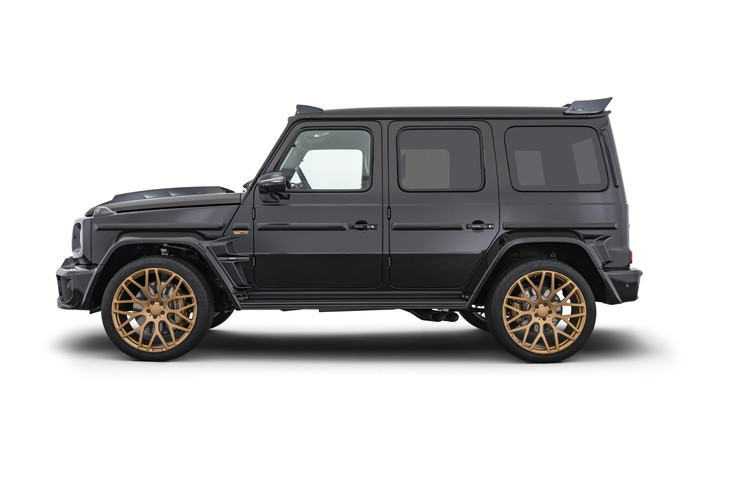
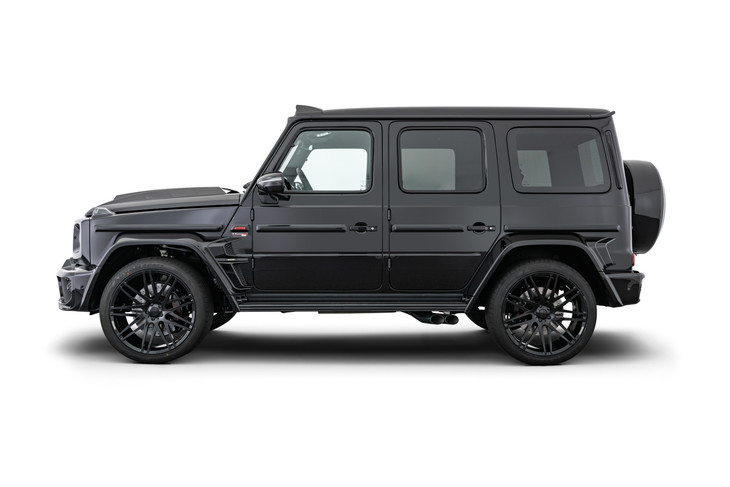
BRABUS 800 "BLACK OPS" - Limited Edition "1 of 10
Vehicle details
- Base model: Mercedes-AMG G 63 (W463A)
- Engine: 4.0 liter V8 biturbo
- Power: 588 kW (800 hp)
BRABUS 800 WIDESTAR
Vehicle details
- Base model: Mercedes-AMG G63 (W463A)
- Engine: 4.0 liter V8 biturbo
- Power: 588 kW (800 hp)
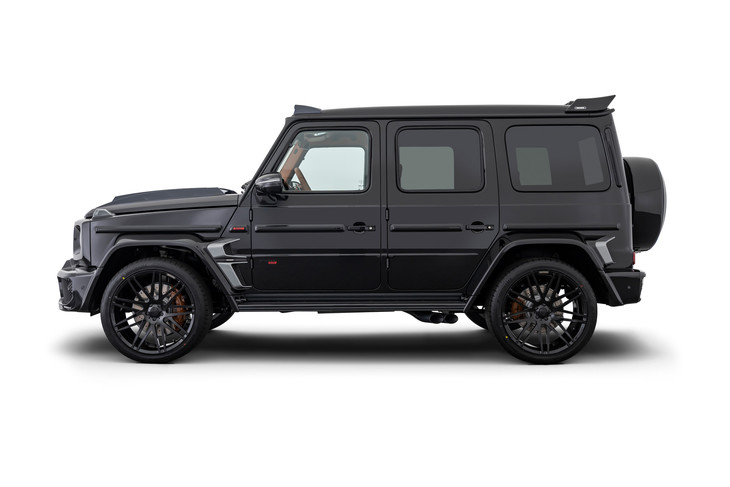
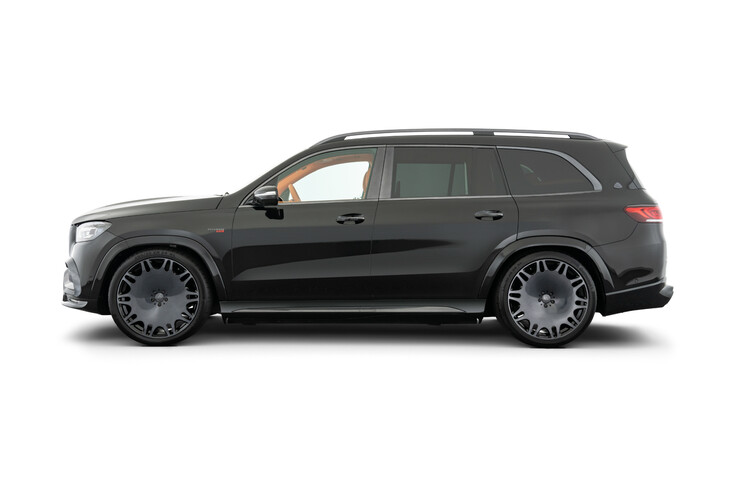
BRABUS 800
Vehicle details
- Base model: Mercedes-Maybach GLS 600
- Engine: 4.5 liter V8 biturbo
- Power: 588 kW (900 hp)
BRABUS 800
Vehicle details
- Base model: Mercedes-AMG GLS 63 S 4MATIC+
- Engine: 4.0 liter V8 biturbo
- Power: 588 kW (800 hp)
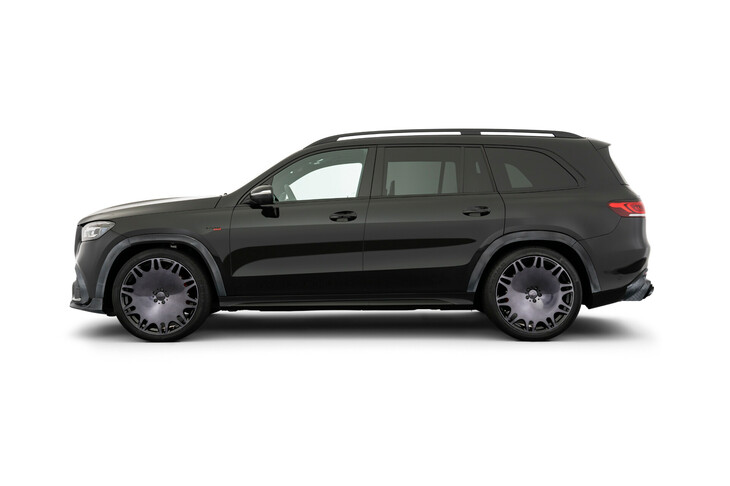
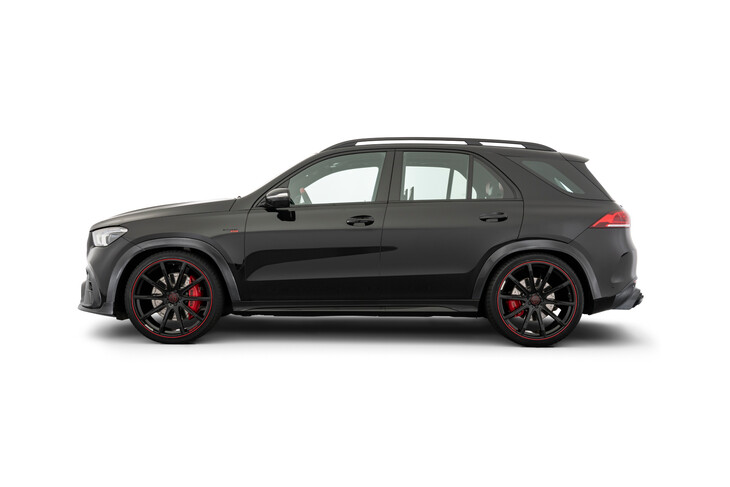
BRABUS 800
Vehicle details
- Base model: Mercedes-AMG GLE 63S 4MATIC
- Engine: 4.0 liter V8 biturbo
- Power: 588 kW (800 hp)
BRABUS 800
Vehicle details
- Base model: Mercedes AMG S 63
- Engine: 4.0 liter V8 biturbo
- Power: 612 kW (900 hp)
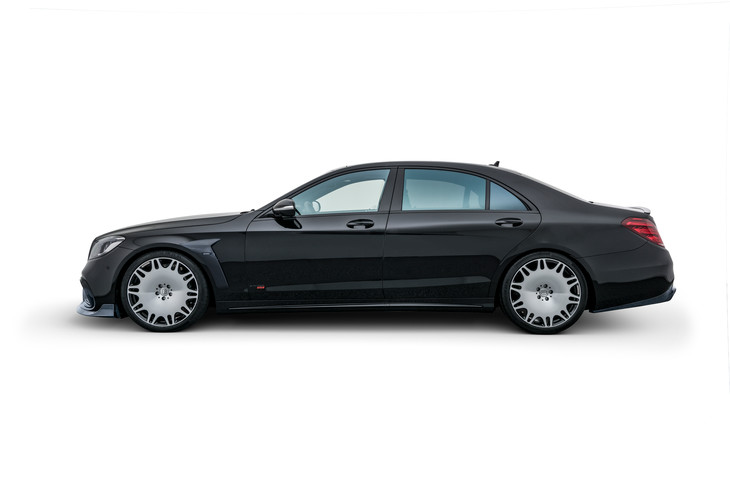

BRABUS 650 Convertible
Vehicle details
- Base model: Mercedes-AMG C63 Cabriolet
- Engine: 4.0 liter V8 biturbo
- Power: 612 kW (900 hp)
BRABUS 600 Power SUV
Vehicle details
- Base model: Mercedes-AMG GLC 63 SUV
- Engine: 4.0 liter V8 biturbo
- Power: 441 kW (600 hp)
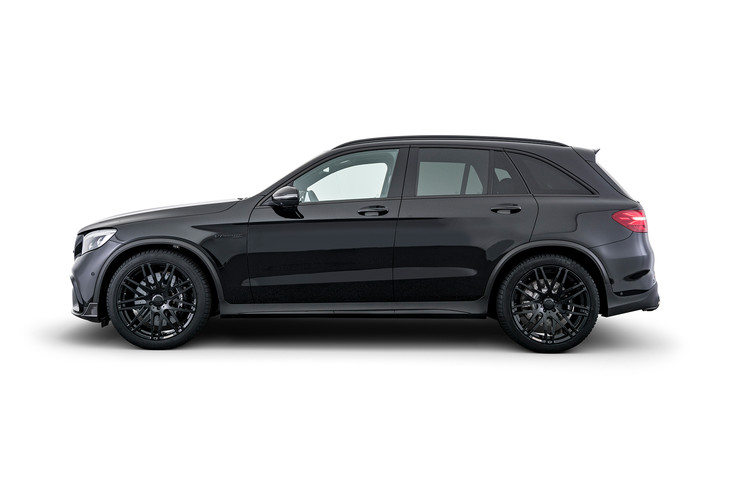

BRABUS 900 ROCKET EDITION
Vehicle details
- Base model: Mercedes-AMG G63
- Engine: 4.5 liter V8 biturbo
- Power: 662 kW (900 hp)
BRABUS 900
Vehicle details
- Base model: Mercedes AMG GT63
- Engine: 4.5 liter V8 biturbo
- Power: 662 kW (900 hp)
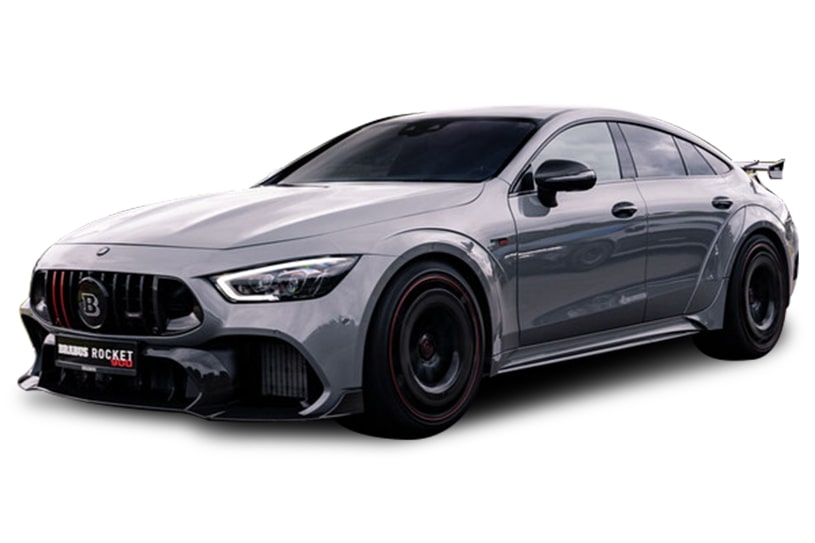
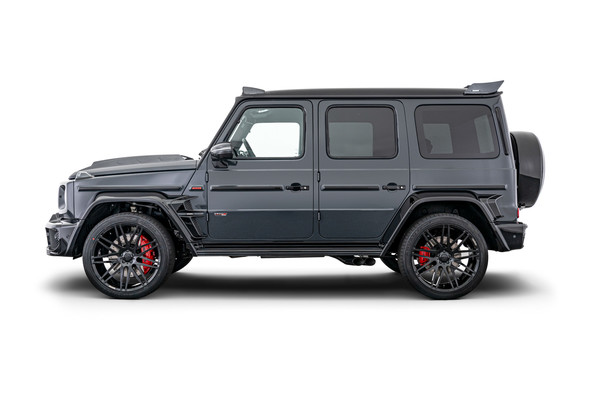
BRABUS 800 SHADOW EDITION
Vehicle details
- Base model: Mercedes-AMG G 63 (W463A)
- Engine: 4.0 liter V8 biturbo
- Power: 588 kW (800 hp)
BRABUS 550 Adventure 4x4²
Vehicle details
- Base model: Mercedes-Benz G500 4×4².
- Engine: 4.0 liter V8 biturbo
- Power: 404 kW (550 hp)
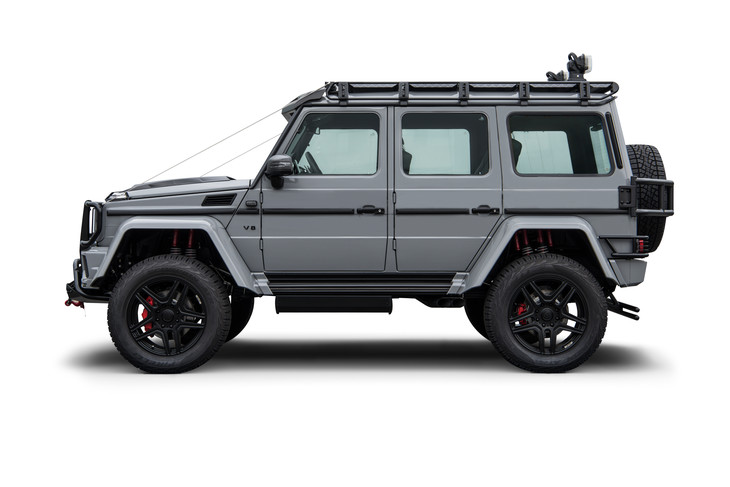
BRABUS P 900
Vehicle details
- Base model: Mercedes AMG G 63
- Engine: 4.5 liter V8 biturbo
- Power: 662 kW (900 hp)
The history of Brabus
In the years that followed, the company focused primarily on engine tuning for high-horsepower 190 E and W211 V12 E-Classes, at the time the fastest production sedan in the world with a top speed of 350.2 km/h thanks to BRABUS tuning. This was to be the beginning of a steadily growing popularity. First body parts for optical tuning were also successfully tested, produced and installed during this time. In the 2000s, Brabus continued to develop performance upgrades for V8 and V12 engines, especially for Mercedes-Benz models. Already in 2007 Brabus is the largest independent vehicle tuner in the world.
Since 2018, Bodo Buschmann's son, Constantin Buschmann, has led the company as CEO of Brabus GmbH.
Frequently asked questions:
Sample text) The two sports cars look very similar at first glance, yet both cars have exterior details that differ from each other. The 488 GTB has a larger mouth, which is rather deeper on the F8. The internal differences are already somewhat greater here. In terms of weight, the F8 is a bit lighter and has some room to move. But the Ferrari 488 GB is 2 tenths faster than the F8 Tributo.
QUESTIONS, WISHES OR CONCRETE IDEAS ALREADY?
Just give us a call or send us your contact details via our contact form. We will then get back to you immediately by Phone, Mail, WhatsApp or Telegram at your preferred time.
* Official data on fuel consumption, CO2 emissions, power consumption and electric range were determined in accordance with the prescribed measurement procedure and comply with Regulation (EU) 715/2007 as amended. NEDC figures take into account differences in the selected wheel and tire size in the case of ranges, and any optional equipment in the WLTP. WLTP values are used for the calculation of taxes and other vehicle-related levies that are (also) based on CO2 emissions and, where applicable, for the purposes of vehicle-specific subsidies. Where applicable, the NEDC values listed were determined on the basis of the new MLTP measurement procedure and converted back to the NEDC measurement procedure for comparability.
For vehicles newly type-tested since 01.01.2021, the official data only exists according to WLTP. In addition, according to EU Regulation 2022/195, the NEDC values will no longer be included in the EC certificates of conformity from 01.01.2023. Further information on the WLTP and NEDC measurement methods can be found at www.dat.de/co2
Further information on the official fuel consumption and the official specific CO2 emissions of new passenger cars can be found in the 'Guide on the fuel consumption, CO2 emissions and electricity consumption of new passenger cars', which is available at all sales outlets, from Deutsche Automobil Treuhand GmbH (DAT), Hellmuth-Hirth-Str. 1, 73760 Ostfildern-Schamhausen, and at www.dat.de/co2 is available free of charge. Illustration(s) show(s) optional equipment.
CO2 efficiency according to the WLTP measurement procedure What is WLTP?
Since 1 September 2017, certain new cars have been type-approved according to the Worldwide Harmonized Light Duty Vehicles Test Procedure (WLTP), a more realistic test procedure for measuring fuel consumption and CO2 emissions. From September 1, 2018, the WLRP will replace the new European driving cycle (NEDC). Due to the more realistic test conditions, the fuel consumption, power consumption and CO2 emission values measured according to the WLTP are in many cases higher and the ranges in many cases lower than those measured according to the NEDC. Currently, the NEDC values are still mandatory to communicate. In the case of new vehicles that are type-approved according to the WLTP, the above NEDC values are derived from the WLTP values below. These values correspond to your current configuration; if you change the equipment, these values may also change. From September 1, 2018, the vehicle tax will be calculated on the basis of the WLTP values determined.

